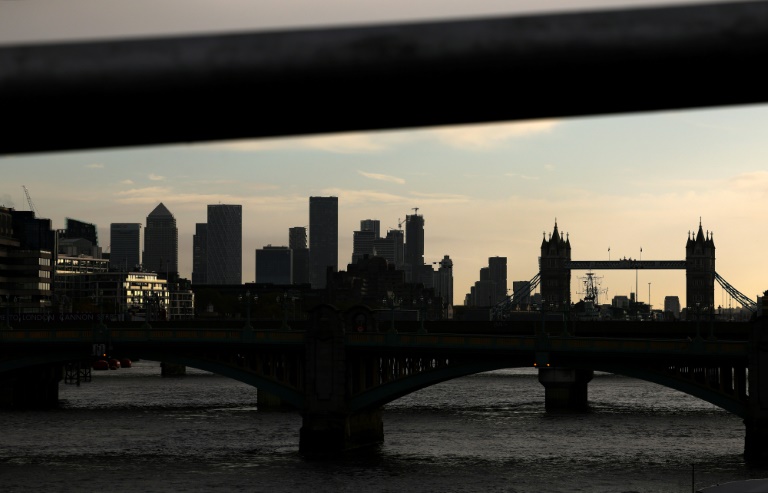The U.K. economy shrank by 0.3% in the final quarter of 2023, marking its second consecutive decline and entering a technical recession, according to initial figures released by the Office for National Statistics (ONS) on Thursday.
GDP contracted by 0.3% between October and December, marking the second consecutive quarter of negative growth.
While there’s no official definition, two-quarters of the decline is generally considered a technical recession. This aligns with the -0.1% consensus forecast from economists surveyed by Reuters.
All three major economic sectors contracted in the fourth quarter: Services (-0.2%), production (-1%), and construction (-1.3%). This resulted in an overall GDP growth of only 0.1% for the entire 2023.
Additionally, inflation, a major economic hurdle, has started to cool down, falling to 4% in January after reaching a peak of 9.4% in June 2023.
“High inflation remains the single biggest barrier to growth,” U.K. Finance Minister Jeremy Hunt said, reiterating the impact of rising prices on the Bank of England’s ability to boost economic activity through interest rate adjustments.
“But there are signs the British economy is turning a corner; forecasters agree that growth will strengthen over the next few years, wages are rising faster than prices, mortgage rates are down, and unemployment remains low,” he added, highlighting optimistic predictions for the future.
Despite the positive outlook, challenges remain. Inflation, though decreasing, still sits high compared to its 2% target. The Bank of England has raised interest rates nine times since December 2021 to combat inflation, potentially contributing to the recent economic slowdown.
The coming months will be crucial in determining the strength and longevity of the U.K.’s economic recovery.






